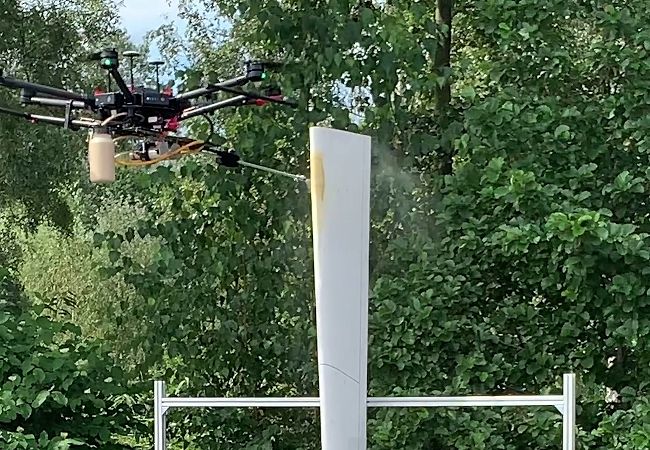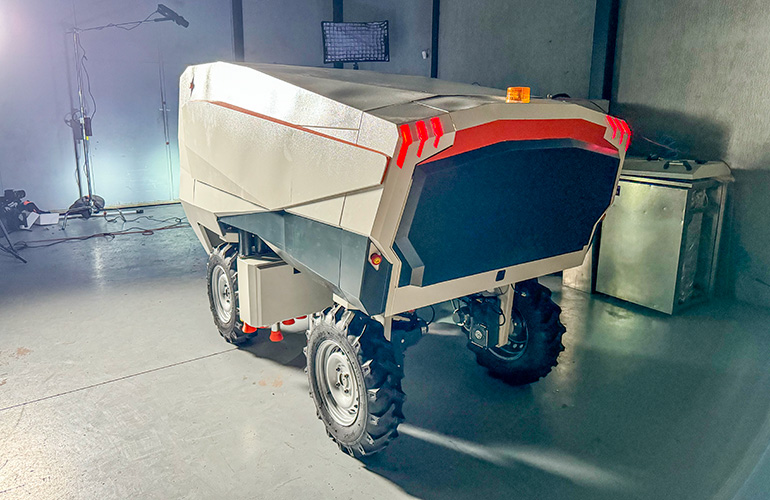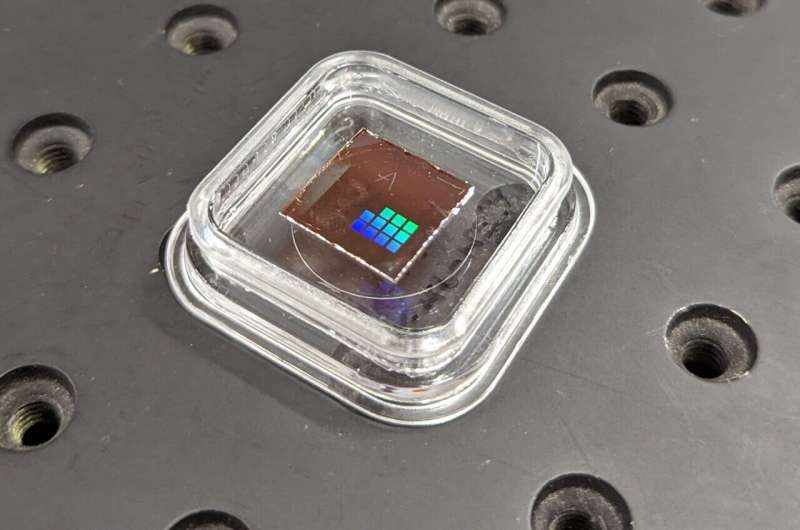In a significant stride within the Automaton Robotics project, Polish engineers have showcased a groundbreaking prototype—a hydraulic robotic arm that closely emulates the movements of a human limb, both internally and externally. This innovation marks a pivotal moment in the advancement of robotic technology, bringing robots one step closer to seamlessly integrating into our daily lives.
The propulsion systems of conventional robotic arms typically rely on electric motors or hydraulic drives. However, the human musculoskeletal system operates differently, with muscles and tendons working in tandem to facilitate movement. Understanding this, the robotics team at Automaton Robotics has dedicated years to creating a humanoid robot that mirrors human anatomy—a feat poised to revolutionize our interaction with robots.
The latest breakthrough from Automaton Robotics is a fully functional robotic arm capable of replicating the intricate movements of a human forearm and hand. Through the ingenious use of hydraulic muscles and tendons, the robotic arm can flex, bend, and rotate the wrist with remarkable precision, closely resembling the dexterity of a living hand.
Powered by a pneumatic system, the artificial muscles of Automaton Robotics' robotic arm operate under compressed air or liquid pressure, employing a design akin to the McKibben actuator. Each muscle comprises a stretchable, sealed tube encased in a braided sheath, with a dedicated electro-hydraulic valve for precise control. Despite its impressive capabilities, the robotic arm boasts a modest power consumption of 200 W and weighs only 1 kg.
In a visual testament to its lifelike functionality, the robotic arm has been enveloped in a translucent material that mimics human skin, offering a glimpse into the intricate workings of its artificial muscles. Demonstrations showcase the arm effortlessly grasping and suspending a 7 kg dumbbell, showcasing its strength and agility.
While the current iteration of the robotic arm still lags behind its human counterpart in grip strength and wrist mobility, engineers remain undeterred, striving to overcome technical challenges. Addressing issues such as the size of the hydraulic pump and software optimization are key priorities on their agenda.
Looking ahead, the future of robotics appears promising. Tesla CEO Elon Musk's announcement of the development of a humanoid robot—Tesla Bot—underscores the growing demand for robotic assistants in both domestic and commercial settings. As robotics technology continues to evolve, the prospect of hiring or renting robots for various tasks becomes increasingly feasible, paving the way for a future where robots are valued members of the workforce.


















